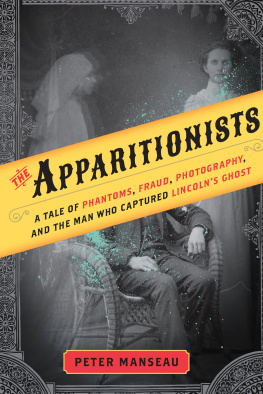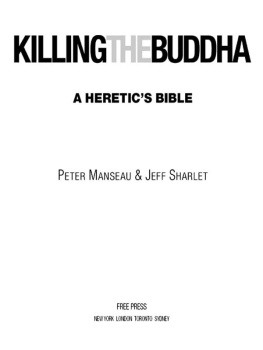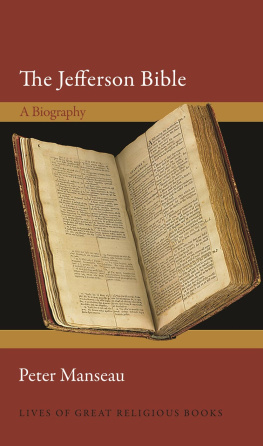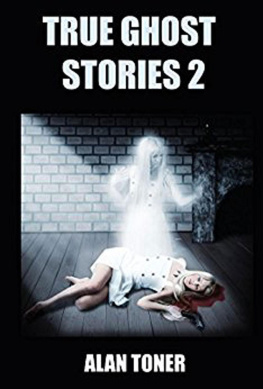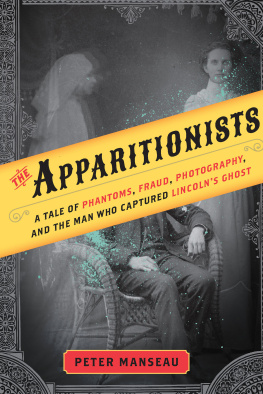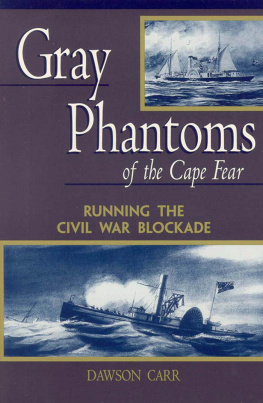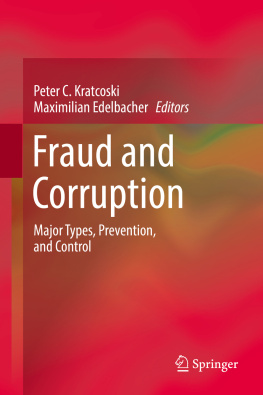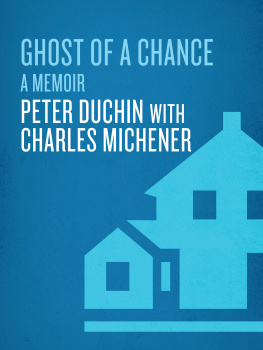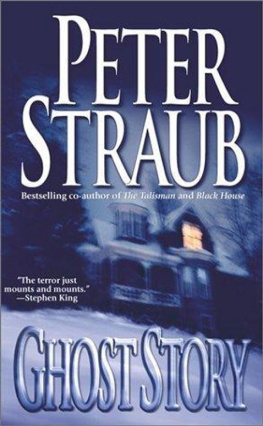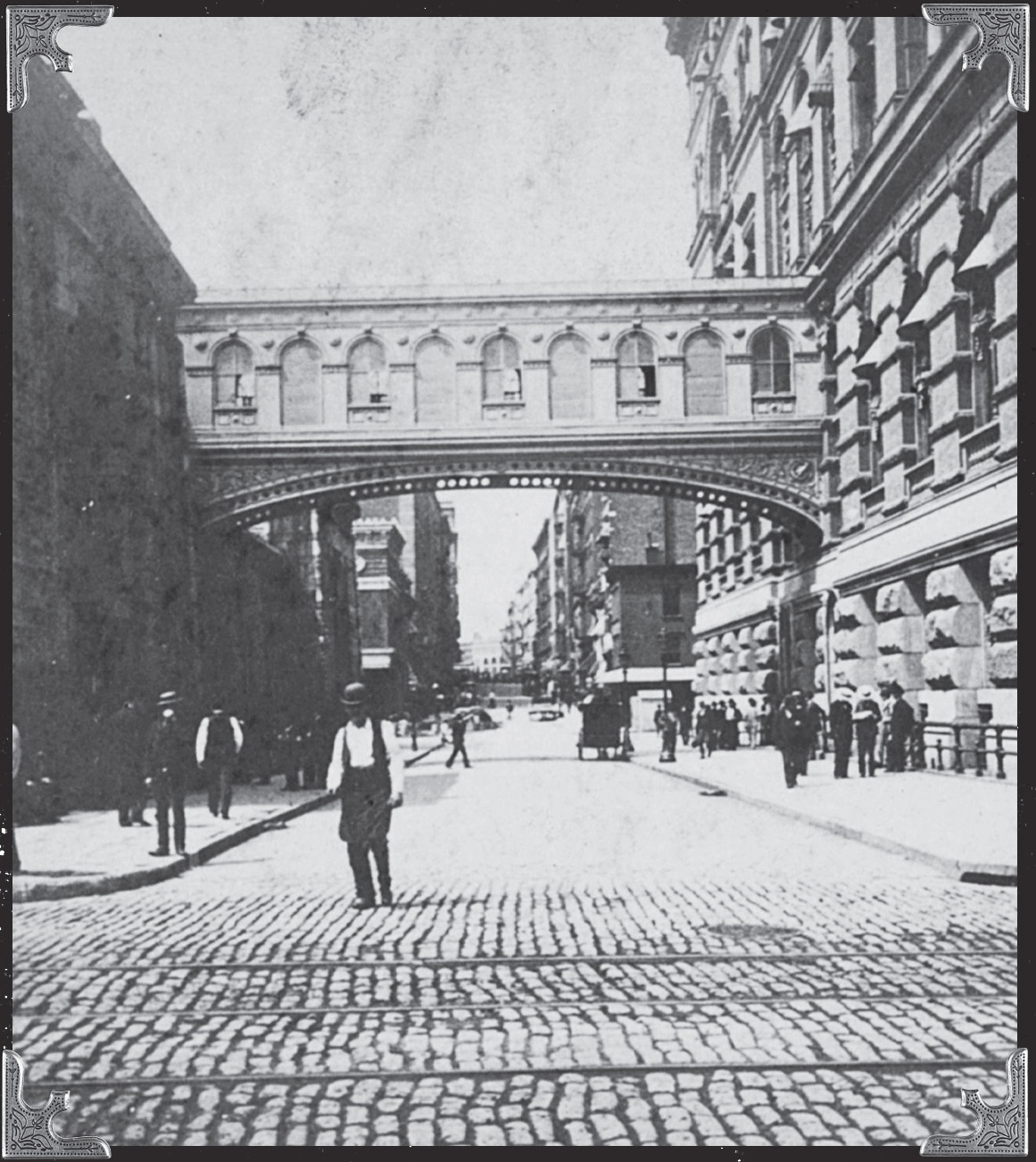Copyright 2017 by Peter Manseau
All rights reserved
For information about permission to reproduce selections from this book, write to or to Permissions, Houghton Mifflin Harcourt Publishing Company, 3 Park Avenue, 19th Floor, New York, New York 10016.
www.hmhco.com
Library of Congress Cataloging-in-Publication Data
Names: Manseau, Peter, author.
Title: The apparitionists : a tale of phantoms, fraud, photography, and the man who captured Lincolns ghost / Peter Manseau.
Description: Boston : Houghton Mifflin Harcourt, 2017. | Includes bibliographical references and index.
Identifiers: LCCN 2017018074 (print) | LCCN 2017021898 (ebook) | ISBN 9780544745988 (ebook) | ISBN 9780544745971 (hardcover)
Subjects: LCSH : Mumler, William H. | PhotographersUnited StatesBiography. | PsychicsUnited StatesBiography. | Spirit photographyUnited StatesHistory19th century.
Classification: LCC BF 1027. M 86 (ebook) | LCC BF 1027. M 86 M 36 2017 (print) |
DDC 133.9/2 [B]dc23
LC record available at https://lccn.loc.gov/2017018074
Cover design by Jackie Shepherd
Cover photograph: Cabinet card portrait by unknown photographer
v1.0917
For Gwen
List of Illustrations
. Artist unknown, The Bridge of Sighs at the Tombs Police Court (c. 1896). The Miriam and Ira D. Wallach Division of Art, Prints and Photographs, Photography Collection, The New York Public Library.
. William H. Mumler, First spirit photograph. Carte de visite, 1862. From the Collection of Carl Maunz.
. Louis Daguerre, Boulevard du Temple, Paris. Daguerreotype, 1838. Photo by VCG Wilson/Corbis via Getty Images.
. Thomas M. Easterly, Kate and Margaret Fox, Spirit Mediums from Rochester, New York. Daguerreotype, 1852. Missouri History Museum, St. Louis.
. Samuel F. B. Morse, Portrait of a Young Man. Daguerreotype, 1840. The Metropolitan Museum of Art, Gilman Collection, Gift of The Howard Gilman Foundation, 2005, acsn. no. 2005.100.75.
. William H. Mumler, Unidentified woman and an unidentified spirit image. Albumen silver print, 18621875. Though unidentified, the woman is most likely Hannah Mumler. Digital image courtesy of the Gettys Open Content Program.
. Mathew Brady, self-portrait, c. 1875. Library of Congress.
. James Wallace Black, Boston, as the Eagle and the Wild Goose See It. Albumen silver print from glass negative, 1860. The Metropolitan Museum of Art, Gilman Collection, Purchase, Ann Tenenbaum and Thomas H. Lee Gift, 2005, acsn. no. 2005.100.87.
. Tudor Horton, engraving based on a daguerreotype by Mathew Brady, printed in Marmaduke B. Sampsons Rationale of Crime (1846). Library of Congress.
. William H. Mumler, William Lloyd Garrison. Albumen silver print, 18621875. Digital image courtesy of the Gettys Open Content Program.
. Mathew Brady advertisement, New York Herald, August 21, 1856. Library of Congress.
. William H. Mumler, Mrs. Conant. Albumen silver print, 18621875. Digital image courtesy of the Gettys Open Content Program.
. Alexander Gardner, The Sunken Road at Antietam. Stereograph, 1862. Library of Congress.
. William H. Mumler, Child spirit with photograph and figurine on table. Albumen silver print, 18621875. Digital image courtesy of the Gettys Open Content Program.
. Alexander Gardner, President Lincoln on the battlefield of Antietam. Albumen print, 1862. Library of Congress.
. William H. Mumler, Mrs. H. B. Sawyer. Albumen silver print, 18621875. Digital image courtesy of the Gettys Open Content Program.
. Alexander Gardner,The Home of a Rebel Sharpshooter. Copied from glass, wet collodion negative, 1863. Library of Congress.
. Artist unknown, The great conflagration in New York City, July 13total destruction of Barnum's Museum with its millions of rare and wonderful curiosities (1865). The Miriam and Ira D. Wallach Division of Art, Prints and Photographs, Print Collection, The New York Public Library.
. William H. Mumler, Colonel Cushman. Albumen silver print, 18621875. Digital image courtesy of the Gettys Open Content Program.
. William H. Mumler, Ella Bonner. Albumen silver print, 18621875. Digital image courtesy of the Gettys Open Content Program.
. William H. Mumler, Unidentified man with muttonchops seated with arms crossed, a female spirit in the background. Albumen silver print, 18621875. Digital image courtesy of the Gettys Open Content Program.
. William H. Mumler, Bronson Murray. Albumen silver print, 18621875. Digital image courtesy of the Gettys Open Content Program.
. William H. Mumler, Mrs. Tinkham. Albumen silver print, 18621875. Digital image courtesy of the Gettys Open Content Program.
. William H. Mumler, Unidentified man with a long beard, seated with three spirits. Albumen silver print, 18621875. Digital image courtesy of the Gettys Open Content Program.
. William H. Mumler, Unidentified woman seated with a female spirit in the background. Albumen silver print, 18621875. Digital image courtesy of the Gettys Open Content Program.
. Jeremiah Gurney, the last photograph of Abraham Lincoln, 1865. Abraham Lincoln Presidential Library & Museum (ALPLM).
. Mathew Brady, Phineas T. Barnum and Ernestine de Faiber. Attributed to the Mathew Brady Studio. Modern albumen print from wet plate collodion negative, 1864. National Portrait Gallery, Smithsonian Institution.
. William H. Mumler, Harry Gordon. Albumen silver print, 18621875. Digital image courtesy of the Gettys Open Content Program.
. Mathew Brady, Samuel F. B. Morse. Albumen silver print, 1866. Library of Congress.
. William H. Mumler, Mary Todd Lincoln with spirit of Abraham Lincoln. Carte de visite, 1872. Lincoln Financial Foundation Collection, courtesy of the Indiana State Museum and Allen County Public Library.
Authors Note
IN THESE DAYS when an unprecedented number of amateur image makers carry cameras everywhere they go, taking more than a billion photographs every day, it is my hope that this story of photographys infancy will provide a fresh view of a time shaped by war, belief, new technology, and a longing for connection across ever greater distancesa time not unlike our own.
The entwined narratives told hereconcerning photographys coming of age and the ghostly visions peddled by a photographer of dubious reputetogether form an account of how captured images, and the possibility of manipulating them, overtook all other means of recording memories, documenting history, and understanding the past.
While those portrayed throughout walked a line only then being drawn between fact and fantasy in the development of their art, this is a work of nonfiction. Wherever dialogue or quoted passages appear, they are taken from the historical record: letters, memoirs, public lectures, or transcriptions of court proceedings made by the indefatigable journalists of the nineteenth century.
I make no claims for the reality of the apparitions that hover over many of these pages, but let the women and men who believed in such hauntings speak for themselves.
Nothing can be so deceiving as a photograph.
FRANZ KAFKA
Next page
